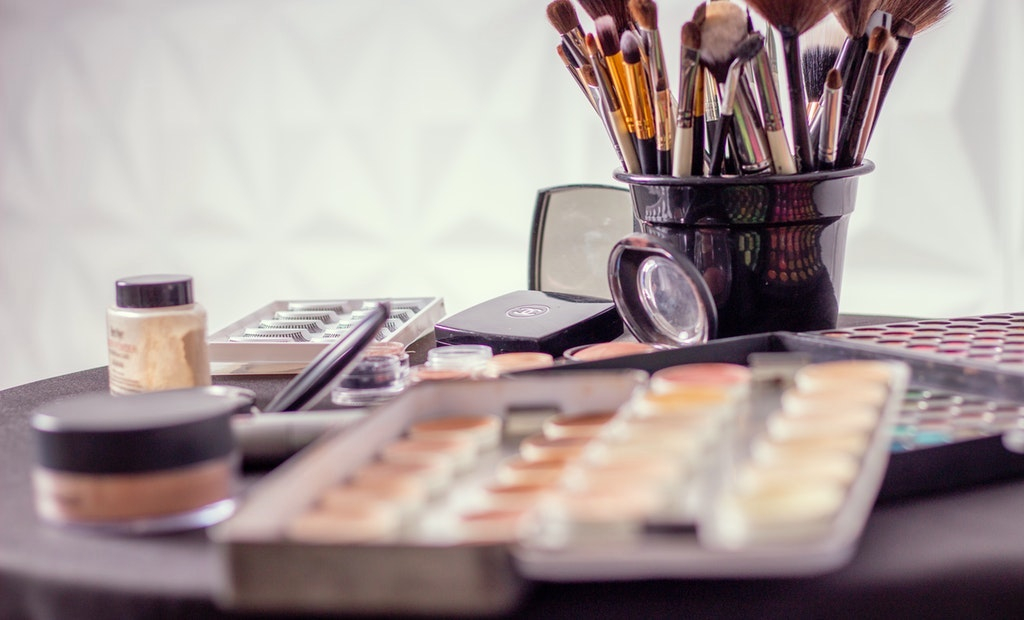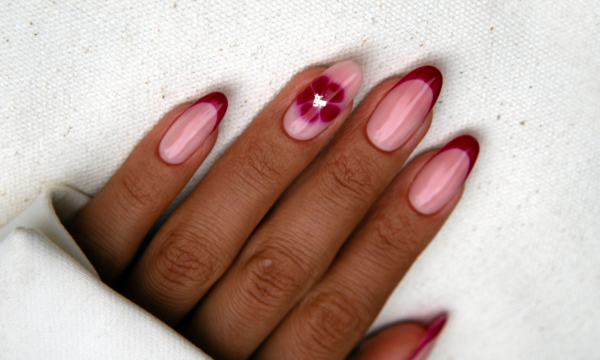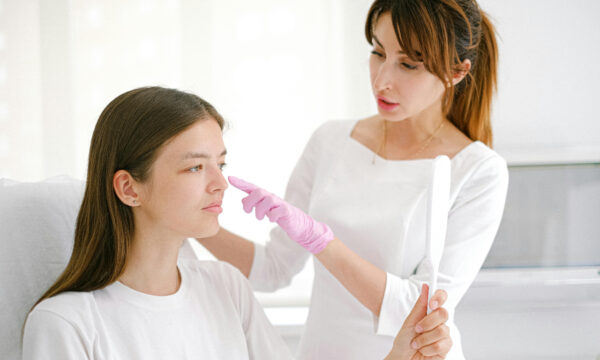How to properly clean your make-up brushes

Cleaning make-up brushes is a good habit to get into and never one to be overlooked. If sometimes, being lazy, you think you can go without it, you’re wrong. You should know that the bristles of the brushes are full of germs, bacteria and dead skin cells, which get deposited onto your face. This is how those random spots pop up out of nowhere; they can also cause infections, irritation and so on. A regular cleaning will help you remove residue, dirt and debris, dead skin cells, bacteria and oils. Another benefit of keeping your make-up brushes clean is the bristles will stay softer for longer. This is especially great for people with sensitive skin.
What you will need:
Get every single brush you use from your collection (blush, face, foundation, eye shadow, lip liner, eye liner, kabuki, etc).
Shampoo
For a deep cleaning of brushes, especially natural ones, choose to simply wash them with lukewarm water and a drop of mild, or baby shampoo. Press it well to create a little foam – always be careful to maintain the shape of the hair. Remove the foam with water and repeat until the water comes out clear and then you have removed all the dirt. Place them to dry somewhere, preferably in a closed area, but where the air still circulates.
Soap
You can use an unscented, pure, white soap for this. With lukewarm water, get your brush completely wet. Once your brush has been saturated, swirl the brush onto the bar of soap until it lathers up nicely. Then, rinse the brush in lukewarm water. Make sure you don’t use water that is too hot or too cold. Also, when rinsing your brushes, don’t get water above the shaft or metal part. If you do, it will eventually cause it to go rusty and this will cause the bristles of the brush to fall out. Gently squeeze out any excess water from the brush and lay it flat on a clean towel and allow them to air dry for at least six to eight hours.
Alcohol
This is a faster method, which allows you to remove the colour, for example, from an eye-shadow brush if you need to use it to apply another colour. So you can use it also with those for lipstick, lip gloss and eyeliner, the easiest way is to fill a small container (also fine caps of jars of the products you use) with just one finger of alcohol and bathe the make-up brush and then place it on a rag or a towel to see if you actually erased any colour. Alternatively, you can directly wet the rag and press the make-up brush on it until it is clean. Doing it this way will not only clean the brush, but also eliminate the bacteria through the power disinfectant alcohol.
Olive or Almond Oil
This should only be used for brushes that are heavily embedded with make-up, for example, if you used your brush in a gel liner, or if the brush is very stiff with make-up residue. Take a clean paper towel and dispense a small amount of either olive oil or almond oil and swirl the brush (dry) onto the towel. You just want to use enough to help break down the make-up on the brush. After that, clean the brush like normal and make sure you rinse the brush completely and lay flat on a clean towel to dry.
Make-up remover wipes
It’s another quick way to clean your brushes for make-up that has been lightly used. If you need to switch from one colour to another, simply wipe them clean.
And now that your brushes are properly clean, remember: make it a habit to clean your brushes for make-up with a method of deep cleaning (water and shampoo) at least every seven to ten days. By doing so you prolong their life and keep your skin clean and healthy.
Laura De Vittori






















Facebook
Twitter
Instagram
YouTube
RSS